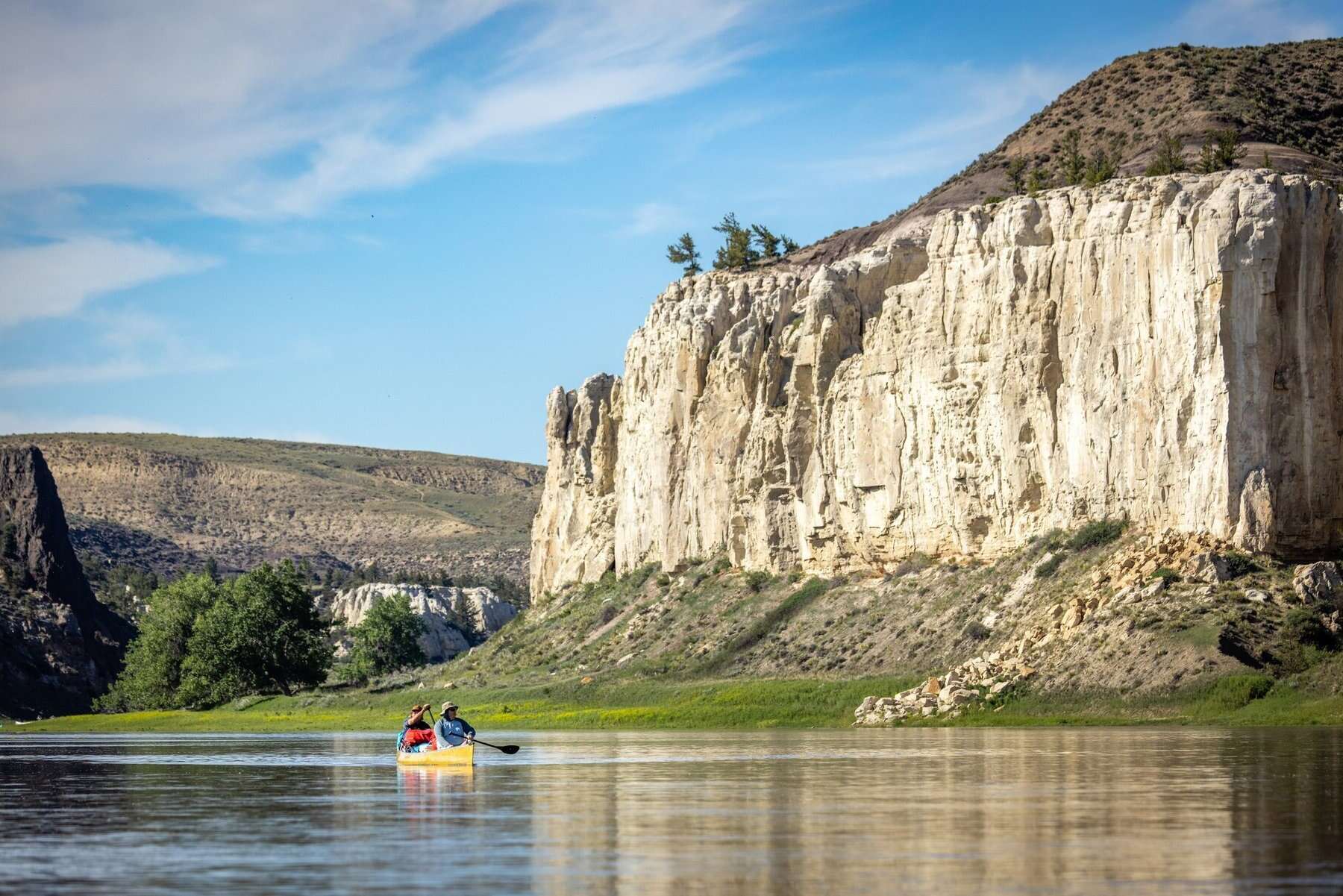Secrets Of Montana’s Missouri Trading Posts

Have you ever wondered what life was like at Montana's Missouri trading posts? These historic spots were bustling hubs of activity where traders, trappers, and Native Americans exchanged goods, stories, and cultures. Imagine the excitement of a new shipment arriving or the thrill of striking a deal. These posts weren't just places of commerce; they were melting pots of different traditions and lifestyles. From the rugged landscapes to the vibrant communities, each trading post had its own unique charm. Ready to step back in time and explore the rich history of these fascinating places? Let's dive into the secrets and stories that make Montana's Missouri trading posts so captivating.
Discovering Montana's Missouri Trading Posts
Montana's Missouri River has a rich history of trading posts that played a crucial role in the fur trade era. These posts were bustling hubs of commerce and culture, where traders, trappers, and Native American tribes exchanged goods and stories. Let's explore some of the most fascinating trading posts along the Missouri River in Montana.
Fort Benton: The Birthplace of Montana
Fort Benton, often called the "Birthplace of Montana," was a key trading post in the mid-1800s. It served as a major hub for steamboats and traders.
- Fort Benton: Established in 1846, Fort Benton became a bustling center for the fur trade. It was the last stop for steamboats traveling up the Missouri River, making it a vital link between the East and the West. Today, you can visit the reconstructed fort and learn about its storied past at the Museum of the Upper Missouri.
Fort Union: A Crossroads of Cultures
Fort Union, located near the confluence of the Missouri and Yellowstone Rivers, was one of the most important trading posts in the region. It was a meeting place for various Native American tribes and European traders.
- Fort Union Trading Post: Established in 1828, Fort Union was a bustling center of trade for nearly 40 years. It was a place where cultures converged, and goods like buffalo robes, beads, and guns were exchanged. The reconstructed fort offers a glimpse into the past, with exhibits and reenactments that bring history to life.
Fort Peck: A Gateway to the West
Fort Peck, situated near the present-day Fort Peck Dam, was a crucial trading post during the fur trade era. It played a significant role in the westward expansion of the United States.
- Fort Peck: Established in 1867, Fort Peck was a key outpost for traders and explorers heading west. It was strategically located near the confluence of the Missouri and Milk Rivers, making it an ideal spot for trade. Today, you can visit the Fort Peck Interpretive Center and Museum to learn about the area's history and the construction of the Fort Peck Dam.
Fort Piegan: A Short-Lived but Significant Post
Fort Piegan, though short-lived, was an important trading post in the early 19th century. It was established by the American Fur Company and played a role in the fur trade with the Blackfeet Nation.
- Fort Piegan: Established in 1831, Fort Piegan was located near present-day Fort Benton. It was a key trading post for the American Fur Company, dealing primarily with the Blackfeet Nation. Although it was only in operation for a few years, its impact on the fur trade was significant. Today, the site is marked by a historical plaque, commemorating its role in Montana's history.
Fort McKenzie: A Center of Conflict and Commerce
Fort McKenzie, established by the American Fur Company, was a center of both commerce and conflict. It was located near present-day Loma, Montana.
- Fort McKenzie: Established in 1833, Fort McKenzie was a major trading post for the American Fur Company. It was strategically located near the confluence of the Marias and Missouri Rivers. The fort saw its share of conflicts, particularly with the Blackfeet Nation. Despite the challenges, it remained an important hub for trade until it was abandoned in 1844. Today, the site is marked by a historical marker, providing insight into its turbulent history.
Fort Manuel: A Lesser-Known Trading Post
Fort Manuel, though less well-known than some of the other trading posts, played a role in the early fur trade along the Missouri River.
- Fort Manuel: Established in 1812 by Manuel Lisa, Fort Manuel was one of the earliest trading posts on the Missouri River. It was located near present-day Fort Peck. The fort served as a base for fur traders and explorers, including the famous mountain man Hugh Glass. Although it was abandoned after a few years, its legacy lives on through historical markers and local lore.
Montana's Trading Posts: A Glimpse into History
Montana's Missouri trading posts offer a unique window into the past. These historic sites reveal the rich cultural exchanges between Native American tribes and European settlers. Visiting these posts, you can almost feel the hustle and bustle of traders bartering goods, sharing stories, and building relationships. Each trading post has its own story, from Fort Benton’s bustling trade hub to Fort Union’s role in the fur trade.
Exploring these sites provides a deeper understanding of Montana's history and the people who shaped it. The preserved artifacts, reconstructed buildings, and informative exhibits make history come alive. Whether you're a history buff or just curious, these trading posts are worth the visit. They remind us of the importance of trade in shaping communities and cultures. So next time you're in Montana, take a step back in time and experience the legacy of its trading posts.

